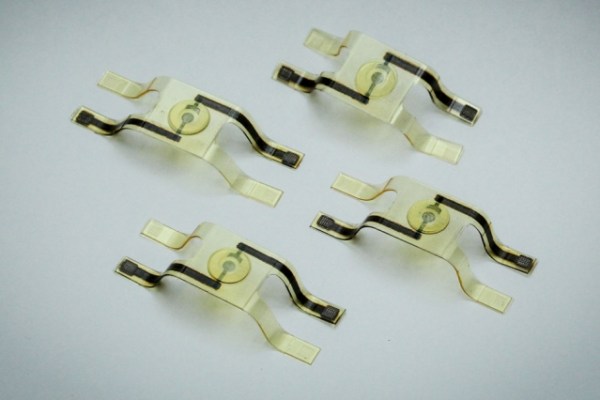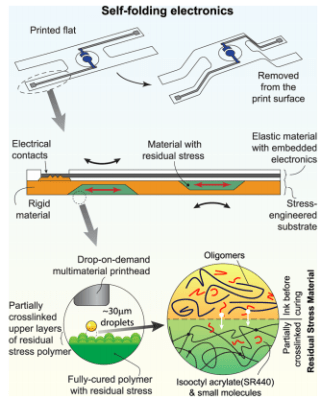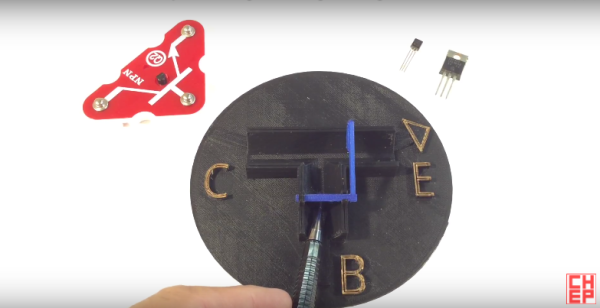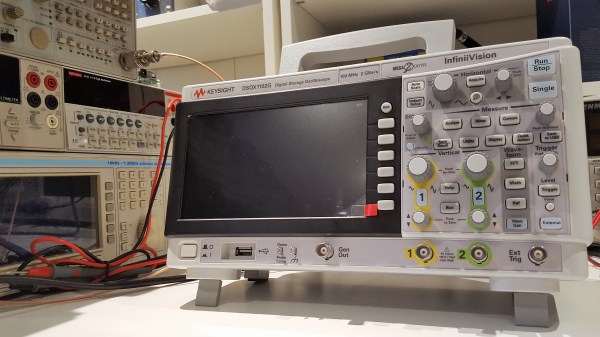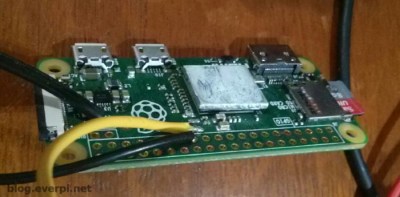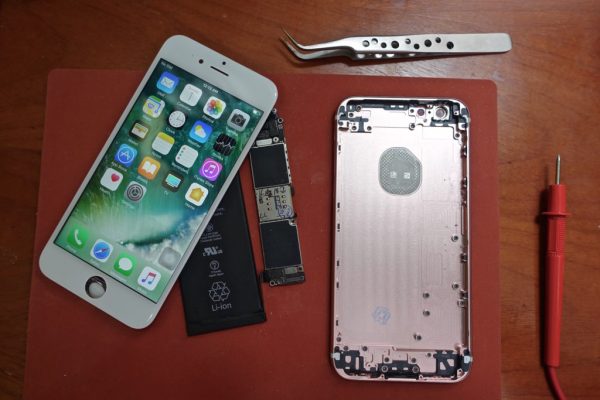If you possess modest technical abilities and the patience of a few dozen monks, with some skillful haggling you can land yourself some terrific bargains by salvaging and repairing. This is already a well-known ideology when it comes to sourcing things like electronic test gear, where for example a non working unit might be purchased from eBay and fixed for the price of a few passive components.
[Rich] from Car Guru has taken this to a whole new level by successfully salvaging a roadworthy Tesla Model S for $6500!
Sourcing and rebuilding a car is always a daunting project, in this case made even more challenging because the vehicle in subject is fairly recent, state of the art electric vehicle. The journey began by purchasing a black Tesla Model S, that [Rich] affectionately refers to as Delorean. This car had severe water damage rendering most of its electronics and mechanical fasteners unreliable, so [Rich’s] plan was  to strip this car of all such parts, and sell what he could to recover the cost of his initial purchase. After selling the working modules of the otherwise drenched battery, motor and a few other bells and whistles his initial monetary investment was reduced to the mere investment of time.
to strip this car of all such parts, and sell what he could to recover the cost of his initial purchase. After selling the working modules of the otherwise drenched battery, motor and a few other bells and whistles his initial monetary investment was reduced to the mere investment of time.
With an essentially free but empty Tesla shell in his possession, [Rich] turned his attention to finding a suitable replacement for the insides. [Rich] mentions that Tesla refused to sell spare parts for such a project, so his only option was to purchase a few more wrecked vehicles. The most prominent of these wrecks was nicknamed Slim Shady. This one
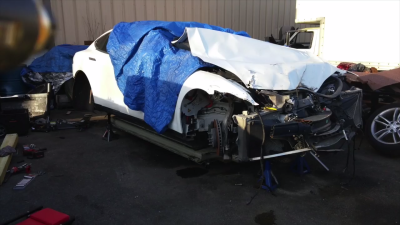
had an irreparable shell but with most electronics preserved, and would serve as the donation vehicle. After painstakingly transplanting all the required electronics and once again selling what he did not need, his net investment came to less than 10% of a new car!
Was all of the effort worth it? We certainly think it was! The car was deemed road worthy and even has functioning Super Charging capabilities which according to [Rich] are disabled by Tesla if such a Frankenstein build is detected.
At this point it would probably be instructive to ask [Rich] if he would do it again, but he is already at it, this time salvaging the faster self driving P86. We suggest you stay tuned.
[Thankyou to Enio Fernandes for sending in the tip]
Continue reading “Salvaging Your Way To A Working Tesla Model S For $6500”


